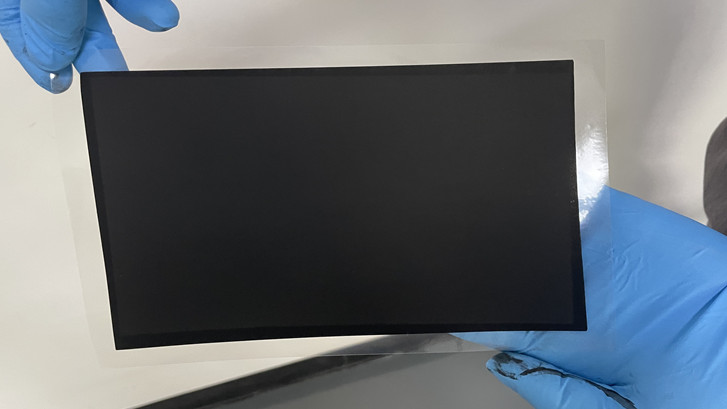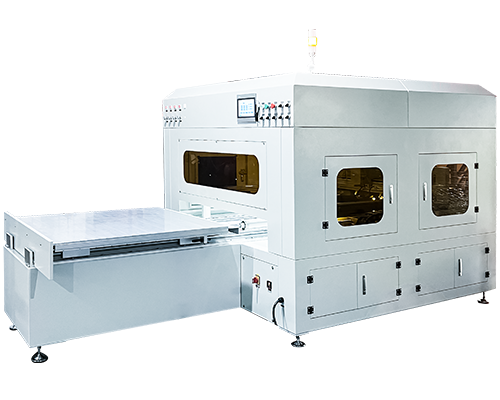Four Components of PEM Fuel Cells
-The anode, also known as the negative electrode of a fuel cell, has multiple functions. It conducts electrons released from hydrogen molecules so that they can be used in external circuits. It has etched channels that can evenly disperse hydrogen gas on the surface of the catalyst.
-The cathode (the positive electrode of a fuel cell) is engraved with a channel that distributes oxygen to the surface of the catalyst. It also conducts electrons back to the catalyst from external circuits, where they can recombine with hydrogen ions and oxygen to form water.

-Electrolytes are proton exchange membranes. This specially treated material looks like ordinary kitchen cling film, only conducting positively charged ions. This film blocks electrons. For PEMFC, the membrane must be hydrated to function and remain stable.
-A catalyst is a special material that promotes the reaction of oxygen and hydrogen. It is usually made of platinum nanoparticles coated thinly on carbon paper or cloth. The catalyst is rough and porous, allowing the maximum surface area of platinum to be exposed to hydrogen or oxygen. The platinum coating side of the catalyst faces PEM.
The heart of a battery is a proton exchange membrane. It allows protons to pass almost unobstructed, while electrons are blocked. Therefore, when H2 impacts the catalyst and splits into protons and electrons (remember, protons are the same as H+ions), the protons directly reach the cathode side, while electrons are forced to pass through external circuits. During this process, they perform useful tasks, such as lighting a light bulb or driving a motor, and then combine with protons and oxygen on the other side to produce water.
How does it work? Pressurized hydrogen gas (H2) enters the anode side of the fuel cell. The gas is forced through the catalyst under pressure. When H2 molecules come into contact with platinum on the catalyst, they will split into two H+ions and two electrons (e -). Electrons are conducted through the anode and return to the cathode side of the fuel cell through an external circuit (for useful work, such as rotating a motor).
At the same time, on the cathode side of the fuel cell, oxygen (O2) is forced to pass through the catalyst, forming two oxygen atoms. Each of these atoms carries a strong negative charge. This negative charge attracts two H+ions to pass through the membrane, where they combine with oxygen atoms and two electrons from external circuits to form water molecules (H2O).
All these reactions occur in the so-called battery stack. Professional knowledge also involves setting up a complete system around core components (i.e. battery stacks).
The stack will be embedded in a module that includes fuel, water, and air management, coolant control hardware, and software. Then the module will be integrated into a complete system for use in different applications.
Due to the high energy content of hydrogen and the high efficiency of fuel cells (55%), this technology can be used for many applications, such as transportation (cars, buses, forklifts, etc.) and backup power sources to generate electricity in the event of power failure.
A conveying system equipped with 4 fixed ultrasonic nozzles or a reciprocating substrate for large-scale production. UAM6000XL is a production scale coating system with the ability to coat catalysts on GDL or fuel cell membranes, with a coating area of up to 1.2 meters * 1.2 meters (the coating area can be customized). The national patent ultrasonic spraying technology is used to prepare uniform and dense film coatings and apply to the field of spray pyrolysis. And can be equipped with a single or multiple nozzle systems. Customizable solutions can be flexibly applied to different industries and fields. It is widely used in the energy industry, nano industry, microelectronics industry, semiconductor industry, glass coating industry, etc.

About Cheersonic
Cheersonic is the leading developer and manufacturer of ultrasonic coating systems for applying precise, thin film coatings to protect, strengthen or smooth surfaces on parts and components for the microelectronics/electronics, alternative energy, medical and industrial markets, including specialized glass applications in construction and automotive.
Our coating solutions are environmentally-friendly, efficient and highly reliable, and enable dramatic reductions in overspray, savings in raw material, water and energy usage and provide improved process repeatability, transfer efficiency, high uniformity and reduced emissions.
Chinese Website: Cheersonic Provides Professional Coating Solutions

